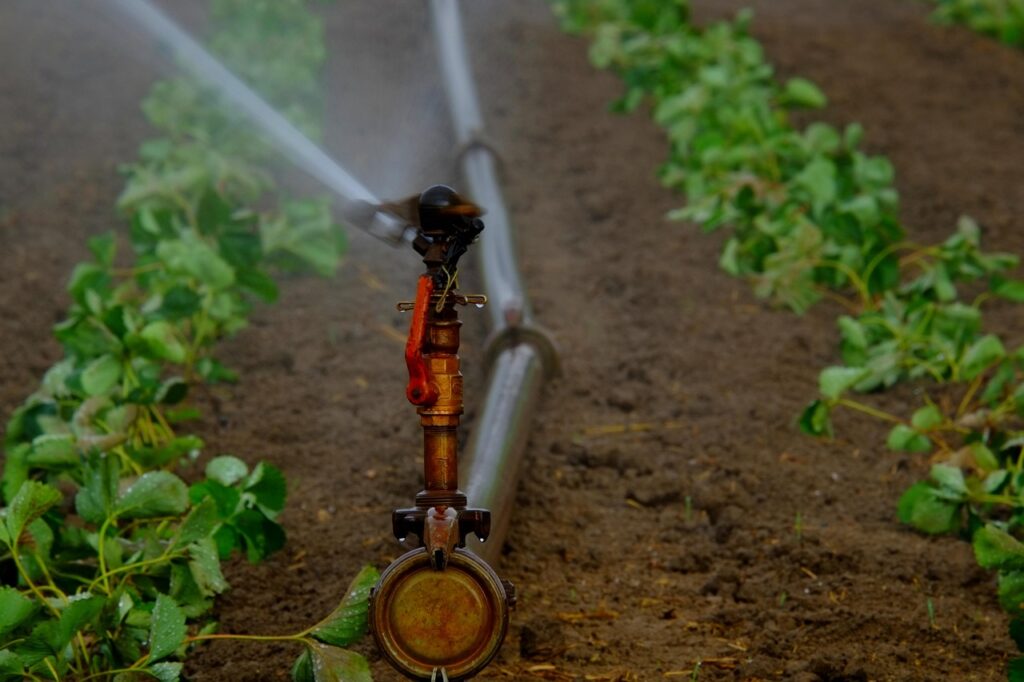As temperatures rise and summer approaches, keeping your garden or outdoor plants hydrated becomes a top priority. However, with water conservation being more important than ever, it’s essential to choose irrigation methods that efficiently provide moisture while minimizing waste. By setting up a smart watering system before summer arrives, you’ll ensure your plants stay healthy without increasing your water bill. Here are two highly effective and sustainable irrigation techniques to consider:
- Drip Irrigation: Precision Watering for Maximum Efficiency
Drip irrigation is one of the most water-efficient ways to keep your garden thriving. Unlike traditional sprinklers that spray water over a wide area (often leading to evaporation and runoff), drip irrigation delivers water directly to the plant roots through a network of tubes, emitters, and micro-sprayers.
Why Drip Irrigation Works for Water Conservation:
Minimizes Evaporation: Since water is applied slowly and directly at the base of plants, there is little to no loss due to evaporation.
Reduces Runoff: Water is absorbed right where it’s needed, preventing unnecessary runoff and soil erosion.
Customizable: You can adjust the flow rate and placement of emitters to suit different plant types and garden layouts.
Supports Soil Health: By keeping the soil evenly moist, drip irrigation reduces the need for frequent deep watering, helping plants develop strong root systems.
How to Set It Up:
Choose a drip irrigation kit that suits the size of your garden.
Lay out the main tubing along your plant rows.
Insert drip emitters near each plant’s base.
Connect the system to a timer to automate watering schedules for optimal efficiency.
Regularly check for clogs or leaks to keep the system running smoothly.
- Rainwater Harvesting with Soaker Hoses: A Natural Solution
Another excellent way to irrigate your garden while conserving water is by combining rainwater harvesting with a soaker hose system. Soaker hoses are porous tubes that release water slowly along their entire length, providing deep and even moisture to plant roots.
Why This Method is Effective:
Uses Free Rainwater: Collecting rainwater in barrels or cisterns allows you to repurpose natural precipitation rather than relying on municipal water supplies.
Slow, Deep Watering: Soaker hoses release water gradually, allowing the soil to absorb it efficiently without waste.
Reduces Watering Frequency: By maintaining consistent soil moisture, plants require watering less often.
Eco-Friendly & Cost-Effective: This method lowers your water bill while making use of a sustainable resource.
How to Set It Up:
Install a rain barrel beneath a downspout to collect runoff from your roof.
Attach a soaker hose to the barrel’s spigot using a filter and pressure regulator.
Lay the hose around your plants or weave it through garden beds.
Allow gravity to distribute water naturally, or use a small pump if additional pressure is needed.
Cover the hose with mulch to reduce evaporation and improve efficiency.
Final Thoughts
Implementing one (or both) of these irrigation methods before summer will not only help your plants thrive but also promote responsible water use. Whether you opt for a precise drip irrigation system or harness rainwater with soaker hoses, these water-saving solutions will keep your garden lush while reducing waste. Start now so your plants can enjoy efficient hydration all summer long!

